Agriculture 4.0 and mycotoxin management
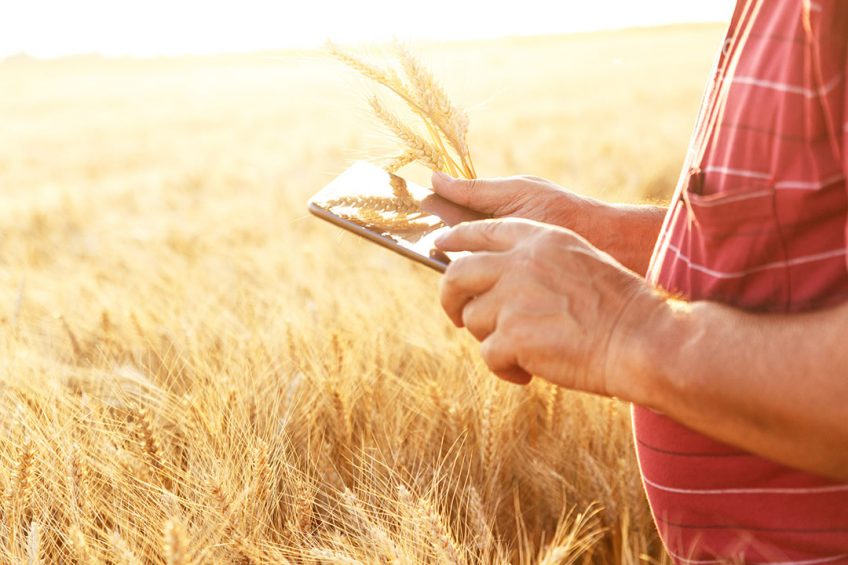
The development of ever more advanced technologies can have a huge impact on the way mycotoxins are detected and controlled. An overview of how precision agriculture is helping the fight against mycotoxins.
Agricultural production systems involve processes and process conditions that are highly variable (natural variability of biological processes, soils, climate, etc). The agricultural production complexity also arises from the fact that many interconnected and inter-dependent processes occur on different spatial and temporal scales, from molecular or sub-cellular processes to organs, fruits or seeds, and to fields or regions.
Expectations of society
Processes on the different spatial scales have a dynamic behaviour involving different time constants that must be taken into account in modelling and managing these systems. It also means that the different stages of crop production must be optimally organised to ensure a profitable yield. While a healthy food supply is one of the most basic needs to be fulfilled by agriculture, it must also cater to the environmental, sociological and environmental expectations of society.
Good agricultural practices
Precision agriculture technologies try to support good agriculture practices and to accommodate these variabilities and expectations by making decisions that rely on correct observation, correct analysis, correct information (soil, previous crops and treatment, etc.), correct genotype, correct dose, correct chemical/biological compound, correct place, correct time, correct (climatic) conditions, correct (use of) equipment. It is clear that ‘correct’ must be seen as the best technological and economical practice while strictly adhering to health and safety (and environmental) requirements.

Agriculture 4.0
The development of ever more advanced technologies that connect all these processes, data analysis and decision making then transform agriculture, like other areas of economic and industrial activities, into what is becoming smart agriculture or agriculture 4.0. As Figure 1 shows, cloud-based smart data collection, decision making and activities lead to improved health and safety of agricultural products that are used for food, feed or industrial applications. Mycotoxin avoidance is an important criterion. FAO and other sources give recommendations before/at the harvest that should reduce the risk for fungal growth and toxin development:
- Use certified seed or ensure it is free from fungal infections;
- Avoid drought stress – irrigate if possible;
- Sow the seed as early as possible, so that crop matures early;
- When practising minimum or zero tillage, remove crop residues;
- Weed regularly;
- Control insect and bird pests;
- Rotate crops; optimise rotation sequence;
- Avoid nutrient stress – apply the appropriate amount of organic or inorganic fertiliser;
- Plant resistant varieties where these are available;
- Avoid grain damage during harvest.
Implementation of recommendations
Implementation of these recommendations within the context of variability and complexity of food production can be based on the interaction with the farmer, the available technology and the service and consulting players.

Advanced electronic devices
An important concept in the technology component is the use of advanced electronic devices like sensors on (autonomous) agricultural machines working on the field or during transportation. Farmers and equipment manufacturers have become aware that during harvesting equipment has the basic task of collecting grain, but it can also harvest a lot of data about the yield and the quality of the grain that can be used for making decisions either on the short term for storage or processing, for food or feed use. In the longer term this information can help in making decisions like crop scheduling, crop rotation and the optimisation of the soil preparation and cultivation practices and other management decisions, like for example the need for better irrigation systems. Crop health and safety are important criteria in this decision making.
Advanced electronics for agricultural use
Data obtained from sensors on field machinery, satellites or agricultural drones, can be analysed to offer valuable information about the variability of the soil, seeds, crops, costs, farm equipment or the use of water and fertiliser. In smart agriculture, analytic algorithms connect different sources like the sensor data, real time or stored data about fields and growing crops, information retrieved from historic field information as well as external data (like weather stations, market data, etc.). The expected outcome is to come to well informed production and management decisions. Implementation thereof should lead to profitable farming as well as added value to the entire supply chain from field to fork, including the consumer’s health and environmental sustainability.
Local differences
A number of examples of smart data and management information that are currently collected in this framework are given here. The variability in soil conditions leads to decisions on local differences in seed density and in fertiliser doses that are then automatically implemented by the field machinery.
Crop density and presence of weeds
The optical sensors on drones or on equipment in the field yield data that contain information about crop stress from drought, from nitrogen deficiency or from disease, including fungal development. Crop density and presence of weeds can indicate that within the canopy there is a risk for disease development due to high humidity. Insect damage to grain is a major source for fungal development and several efforts are underway towards real time detection of insect activity, besides the use of more static insect traps.
Local treatments
The sensor systems also provide the within-field variability of these crop developments such that local treatments are possible or that some parts of the field can be designated as a risk area for toxin development. At the time of harvest there are sensors that on–the-go measure the moisture content of the grain or the forage which makes different storage or drying schemes possible depending on each area within a field. Similar work is ongoing for detection of the fungi or toxins directly on the harvester.
Cloud services for Agriculture 4.0
Internet of Things (IoT) technologies and cloud systems increasingly make that data are automatically collected, shared and stored. When the broadband ICT network is well established, the data as well as the information can be retrieved using any mobile device. This can be handheld devices like smart phones or tablets, but increasingly this will be other machines that at different times work in the same field. For example, a GPS equipped sprayer that is connected to the IoT uses information obtained from drone images about local weed densities or about local signs of impending fungal diseases and can automatically adjust treatment doses and vary this according to the gravity of the symptoms. This also leads to real-time insights in how to optimise and increase yield and avoid disease risks. Smarter decisions about the variable level of input resources needed (seed, water, fertiliser, crop protection, etc.), the location and timing of the application, the best moment to harvest and the post-harvest treatment help to reduce waste and to create added value.
Historic information
Through the cloud systems the data from the different sources can also be used by service providers, contractors and farm advisors. Data warehousing, cloud computing and information processing services ensure that ‘historic information’ is available and fully utilised for strategic management decisions, like which crop can be planted in which field depending on previous crops in those fields and diseases that were detected at that time and that may pose a risk for the next crop, for example in case of mycotoxin problems.
Information transparency
Traditional production methods that rely only on human inspection and ‘gut feeling’ will not be accepted unless the decisions can also be justified on the basis of available information offered by technology, sensors, artificial intelligence and predictive data analytics and models. These together are each a major force for change in agriculture that moves from mainly working the fields towards a science and technology driven management of production and of the inherent variability of production conditions. Nevertheless, science and knowledge about soils and plants should not be neglected to ensure that the proper use of technology preserves or enhances the natural soil biology and avoids soil compaction or erosion.
No hoarding of intelligence or information
Hoarding the intelligence or information is not an option for farmers. The consumers are aware that much information can be, and is, collected throughout the agricultural production and in the food production all the way to the food plate. Every step of the food supply chain, from farm to table, is under pressure to improve traceability and digital technology gives consumers access to the information through websites or apps on their mobile phones. This demand for transparency of the food supply chain implies that production methods and activities will be well documented and adherence to the best agricultural practices will be the implicit ‘license to operate’ for farmers and producers. This also means that in this transparency it must be clear that efforts are made to minimise or eliminate the mycotoxin risks for the consumer. Smart agriculture also implies that producers listen to consumers and have the flexibility to change in order to cater to the expectations of the society. Healthy and safe food is of high priority.
References available on request
 Beheer
Beheer

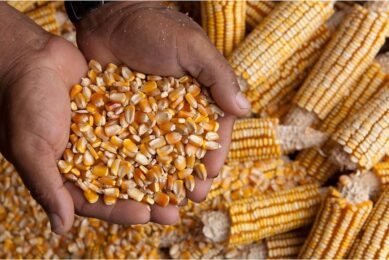
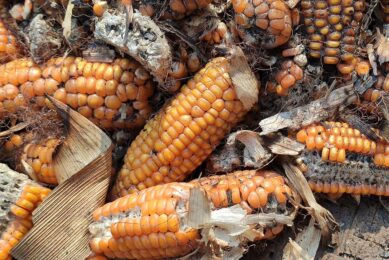
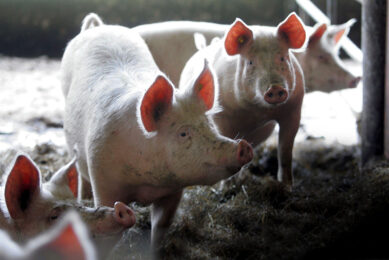
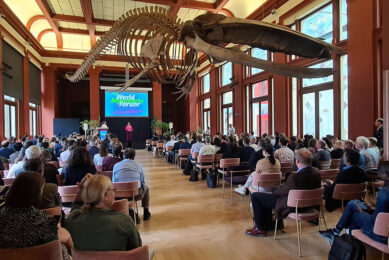
 WP Admin
WP Admin  Bewerk bericht
Bewerk bericht